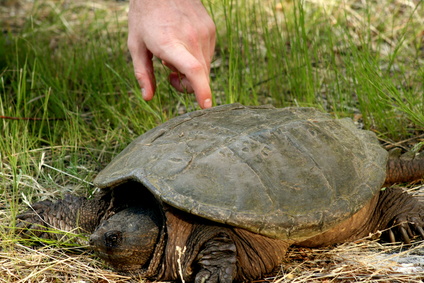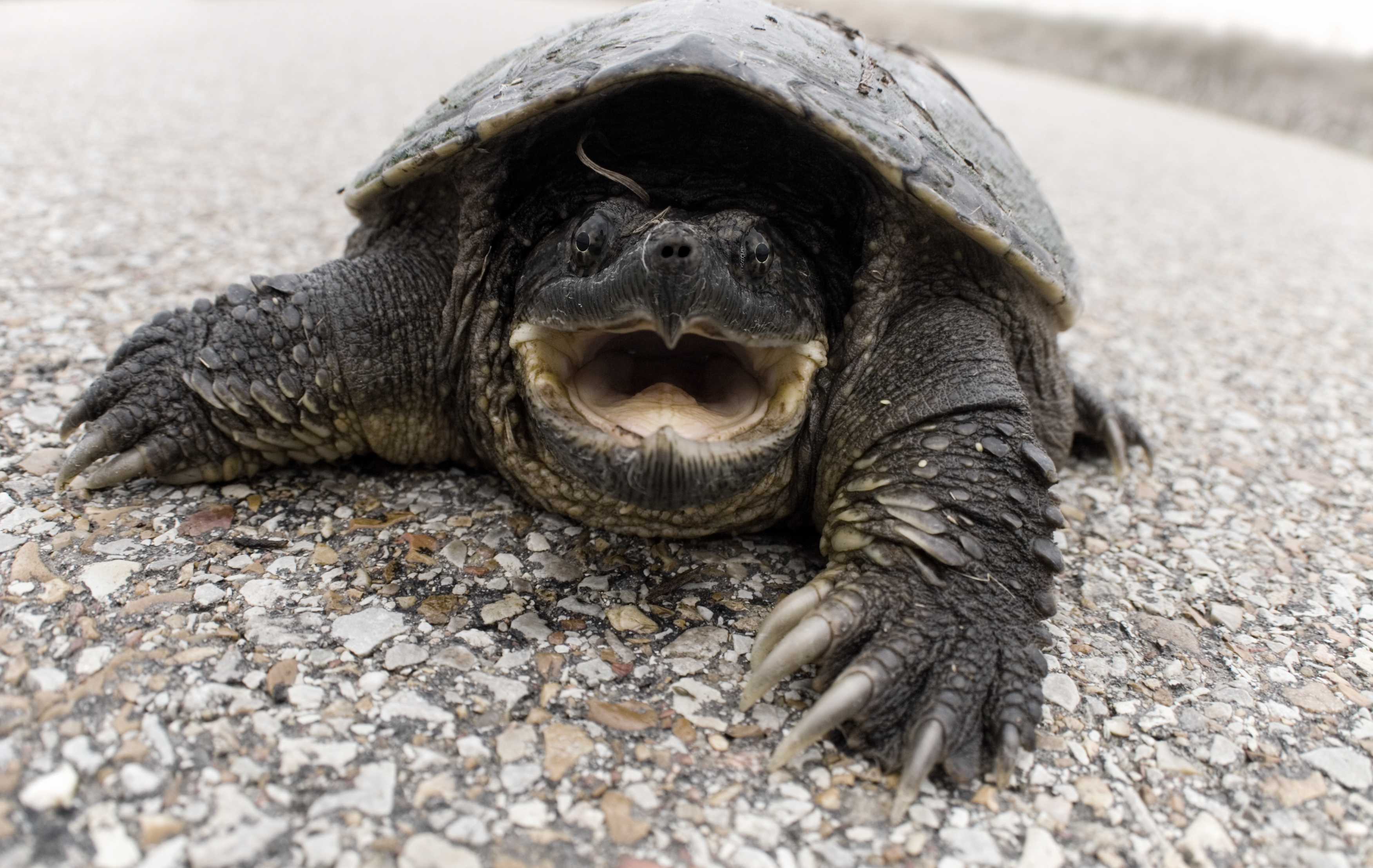In this article, we will discuss some helpful tips for keeping your baby turtles hydrated and preventing dehydration. We’ll explore the importance of water quality, temperature, and humidity levels in their habitat. Additionally, we’ll provide insights on the proper feeding and hydration techniques for baby turtles. By the end, you’ll have a better understanding of how to keep your adorable little shelled friends healthy and well-hydrated.
Why Hydration is Important for Baby Turtles
The importance of hydration in maintaining a healthy baby turtle
When it comes to caring for baby turtles, hydration is of utmost importance. Just like any living organism, baby turtles need water to survive and thrive. Water is essential for their overall health, growth, and the proper functioning of their bodies. It helps regulate their internal temperature, aids in digestion, and supports their immune system. Without adequate hydration, baby turtles can suffer from a variety of health issues, including dehydration.
How dehydration can negatively affect baby turtles’ health
Dehydration occurs when the body loses more water than it takes in. For baby turtles, this imbalance can have serious consequences. Dehydration can lead to a weakened immune system, reduced energy levels, and stunted growth. It can also impair their ability to thermoregulate, making them more susceptible to temperature extremes. In severe cases, dehydration can even be fatal for baby turtles.
To prevent dehydration and ensure the well-being of baby turtles, it is important to provide them with optimal water conditions and access to water sources. Let’s explore these factors in more detail.
Optimal Water Conditions for Baby Turtles
Maintaining an appropriate water temperature for baby turtles
One of the key factors in providing optimal water conditions for baby turtles is maintaining a suitable water temperature. Baby turtles are ectothermic animals, meaning they rely on the external environment to regulate their body temperature. The water temperature should be warm enough to allow for proper digestion and metabolic function, but not too hot to cause stress or overheating.
The ideal water temperature for baby turtles falls within the range of 75-80 degrees Fahrenheit (24-27 degrees Celsius). This range mimics the temperatures they would encounter in their natural habitats. It is important to use a reliable thermometer to monitor the water temperature regularly and make adjustments as needed.
The role of clean water in preventing dehydration
In addition to the temperature, the quality of the water is crucial for baby turtles’ hydration needs. Clean, non-chlorinated water is essential to ensure their well-being. Chlorine and other chemicals found in tap water can be harmful to baby turtles and may disrupt their delicate balance of electrolytes.
To provide clean water for your baby turtles, it is recommended to use de-chlorinated water or water that has been treated with a water conditioner specifically designed for reptiles. Changing the water regularly and keeping the enclosure clean is also essential to prevent the buildup of bacteria and other contaminants.
Providing Access to Water Sources
Choosing the right water source for baby turtles
When it comes to providing water sources for baby turtles, it is important to choose the right option that suits their needs. The most common choices include water dishes, ponds, and tubs. Each option has its pros and cons, but the key is to provide a shallow and easily accessible water source for the baby turtles.
A shallow water dish that allows the baby turtles to easily climb in and out is a popular choice. This ensures that they can access the water whenever they need to without the risk of drowning. Make sure to choose a dish that is appropriate in size for your baby turtles, considering their current size and growth potential.
The benefits of using shallow water dishes for hydration
Using shallow water dishes for hydration has several benefits for baby turtles. Firstly, it allows them to drink water easily without the risk of submerging themselves in deep water. This is particularly important for baby turtles that are still developing their swimming abilities.
Secondly, shallow water dishes promote a natural drinking behavior for baby turtles. In the wild, baby turtles often drink by dipping their heads and beaks into small puddles or shallow water sources. By providing a similar setup in captivity, you are mimicking their natural environment and encouraging them to drink water as they would in the wild.
Shallow water dishes should be cleaned and refilled with fresh, de-chlorinated water regularly to ensure that the baby turtles have access to clean hydration at all times.
Ways to Encourage Baby Turtles to Drink Water
Using a water spray bottle to simulate rain
Sometimes, baby turtles may be reluctant to drink water from a dish, especially if they are new to their environment. In such cases, using a water spray bottle to simulate rain can be an effective technique to encourage hydration. Mist the enclosure gently, creating a fine mist that falls like rain. This mimics the natural water droplets that baby turtles would encounter in the wild, and they may be more inclined to drink the water as a result.
It is important to note that the water sprayed should be clean and de-chlorinated, just like the water in their dish. Avoid spraying directly at the baby turtles to prevent stress or discomfort. Instead, focus on misting the surrounding areas of the enclosure to create a moist environment.
Introducing live prey to entice water consumption
Another way to encourage baby turtles to drink water is by introducing live prey into their enclosure. For example, adding small aquatic insects or worms that reside in water can entice the baby turtles to interact with the water source and drink more frequently.
As the baby turtles hunt and capture their live prey, they will inadvertently consume water as well. This natural behavior helps boost their hydration levels while providing mental and physical stimulation. However, it is crucial to ensure that the live prey introduced into the enclosure is safe and appropriate for baby turtles.
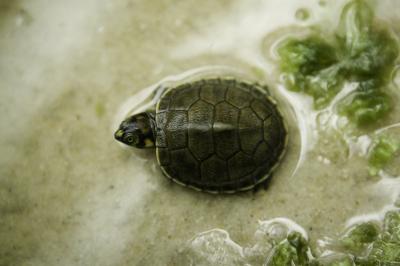
Monitoring Baby Turtles’ Water Intake
Keeping track of water intake through observation
To ensure that your baby turtles are getting enough water, it is important to monitor their water intake on a regular basis. Observing their behavior and paying attention to their hydration needs can provide valuable insights into their overall health.
Baby turtles should be seen drinking water regularly throughout the day. Pay attention to their behavior around the water dish and note how often and for how long they spend time drinking. If you notice any significant changes in their drinking habits or a decrease in water intake, it could be a sign of dehydration or other potential health issues.
Using a water meter to measure baby turtles’ hydration levels
For a more accurate measurement of your baby turtles’ hydration levels, you can consider using a water meter specifically designed for reptiles. These meters measure the electrical conductivity of the water, which correlates to the concentration of dissolved salts and minerals. By regularly measuring the water conductivity, you can ensure that the water is within the appropriate range for hydration.
Water meters can be a useful tool for monitoring and maintaining proper hydration levels for baby turtles, especially for more precise measurements. However, they should not replace regular observation and interaction with your baby turtles to ensure their overall well-being.
Signs of Dehydration in Baby Turtles
Identifying common symptoms of dehydration
It is important to be aware of the signs and symptoms of dehydration in baby turtles to address the issue promptly. Here are some common indicators that your baby turtles may be dehydrated:
-
Sunken eyes: If your baby turtles’ eyes appear recessed or sunken, it could be a sign of dehydration. The eyeballs should be round and full.
-
Dry skin: Dehydrated baby turtles may have dry, flaky skin. Their skin should be smooth and supple when properly hydrated.
-
Lethargy: A lack of energy and decreased activity level may indicate dehydration in baby turtles. They may appear less interested in their surroundings and exhibit reduced movement.
-
Loss of appetite: Dehydration can also affect a baby turtle’s appetite. If they show a sudden or prolonged loss of interest in food, it may be a sign of dehydration.
-
Thick mucus secretions: Dehydrated baby turtles may produce thick, sticky mucus from their mouth and nose. This can indicate a lack of moisture in their system.
If you observe any of these symptoms in your baby turtles, it is crucial to take immediate action to rehydrate them and consult with a veterinarian if necessary.
Understanding behavior changes in dehydrated baby turtles
Dehydration can also manifest in specific behavior changes in baby turtles. When they are dehydrated, they may become more restless and attempt to escape from their enclosure. They may also spend excessive amounts of time basking under their heat lamp as a means to regulate their body temperature.
Dehydrated baby turtles may also exhibit a lack of coordination or weakness in their limbs, making it harder for them to move and swim effectively. Furthermore, they may become more aggressive or display defensive behaviors as a response to discomfort caused by dehydration.
Being attentive to these behavior changes and addressing any signs of dehydration promptly can help prevent further health complications in baby turtles.
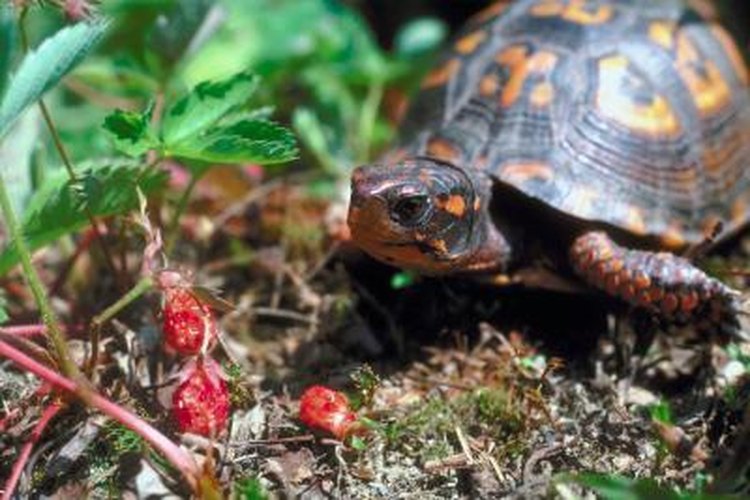
Hydration-Boosting Techniques for Baby Turtles
Soaking baby turtles in a shallow water bath
Soaking your baby turtles in a shallow water bath can be an effective technique to boost hydration. This method involves gently placing the baby turtles in a shallow dish filled with lukewarm water.
The water should only reach their plastron (bottom shell), allowing them to submerge themselves partially and drink as needed. Soaking sessions should typically last for around 10-15 minutes, but it is important to monitor their behavior during the process. If they appear restless or demonstrate signs of stress, it is advisable to remove them from the bath.
Regular soaking sessions can help ensure that your baby turtles are adequately hydrated, especially if they are showing signs of dehydration or are reluctant to drink water from their dish.
Offering water-rich foods to increase hydration
In addition to providing access to water sources, you can also boost your baby turtles’ hydration by offering water-rich foods. Incorporating fruits and vegetables with high water content into their diet can help supplement their water intake.
Some suitable options include lettuce, cucumbers, and melons. These foods not only provide hydration but also offer essential vitamins and minerals for the overall health of your baby turtles. It is important to chop or shred the food into small pieces to make it easier for them to consume.
Remember to balance the water-rich foods with a well-rounded diet that includes proper amounts of protein and calcium to ensure the nutritional needs of your baby turtles are met.
Preventing Overhydration in Baby Turtles
The risks of excessive water intake for baby turtles
While proper hydration is essential for baby turtles, overhydration can also be detrimental to their health. Excessive water intake can lead to a condition called water intoxication or hyponatremia, where the levels of electrolytes in their bodies become imbalanced.
Hyponatremia can result in symptoms such as lethargy, loss of coordination, and seizures. In severe cases, it can even cause life-threatening complications. Therefore, it is important to strike a proper balance between hydration and overhydration.
Establishing a proper balance between hydration and overhydration
To prevent overhydration, it is important to offer water in moderation and monitor your baby turtles’ water intake. Avoid leaving them in water for prolonged periods and ensure that the water dish is not excessively deep.
Additionally, provide a dry basking area within the enclosure where they can thermoregulate and dry off after drinking water. This will help prevent excessive moisture absorption through their skin, which can contribute to overhydration.
Maintaining appropriate water conditions, monitoring their water intake, and providing a well-balanced diet are key factors in preventing both dehydration and overhydration in baby turtles.
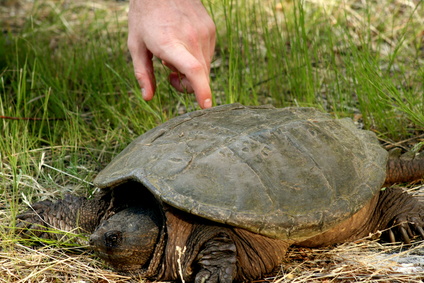
Hydration Strategies during Hibernation Periods
Adapting water intake practices for hibernating baby turtles
During hibernation periods, baby turtles will naturally reduce their water intake and become less active. It is essential to adapt hydration strategies to accommodate their hibernation needs and maintain their overall health.
For hibernating baby turtles, it is important to reduce the water level in their enclosure to a minimum. This is to prevent excessive water exposure, as they will not be actively drinking or swimming during this time. However, a small dish of shallow water should still be available to prevent dehydration if they choose to drink.
Monitoring their weight during hibernation is also crucial. Regularly weighing them before and after hibernation can help determine if they are losing too much weight, which may indicate dehydration or other health concerns.
Providing moisture-rich environments for hibernation
Creating a moisture-rich environment is also important for hibernating baby turtles. This can be achieved by placing damp moss or damp substrate in their hibernation area. The moisture in the moss or substrate helps maintain humidity levels and prevents their skin from drying out during hibernation.
It is crucial to strike a balance between providing enough moisture for the baby turtles without creating an excessively damp or mold-prone environment. Regular monitoring of the hibernation area and adjusting the moisture levels as needed is essential to ensure their well-being.
Common Mistakes to Avoid in Baby Turtle Hydration
Overlooking the importance of regular water changes
One common mistake in baby turtle hydration is neglecting to change the water regularly. Clean water is essential for their health, and stagnant or dirty water can lead to bacterial growth, contamination, and potential health issues.
To maintain optimal hydration levels, it is important to change the water in their dish or enclosure regularly. This helps ensure that the water is clean, free from contaminants, and encourages your baby turtles to drink fresh water.
Ignoring proper cleaning and disinfection of water sources
Another mistake is failing to properly clean and disinfect the water sources for baby turtles. Bacteria and parasites can accumulate in their water dish or enclosure over time, posing a risk to your baby turtles’ health.
Regular cleaning of the water dish or enclosure using reptile-safe disinfectants is essential to prevent the buildup of harmful pathogens. This includes removing any debris, scrubbing the surfaces, and thoroughly rinsing before refilling with clean water.
Proper hygiene practices, such as washing your hands before and after handling your baby turtles, also contribute to maintaining a healthy environment for their hydration needs.

Educating Turtle Owners on Hydration Best Practices
Promoting awareness about baby turtle hydration
Educating turtle owners about the importance of hydration and best practices for baby turtle care is crucial to ensure the well-being of these delicate creatures. Providing information on the specific hydration requirements and potential health risks associated with dehydration can help prevent unnecessary health complications.
Sharing knowledge on the various techniques and strategies to keep baby turtles hydrated can empower turtle owners to provide optimal care and make informed decisions about their hydration needs. This includes tips on choosing the right water source, maintaining appropriate water conditions, and monitoring their hydration levels.
Providing educational resources for aspiring turtle owners
In addition to education, providing aspiring turtle owners with comprehensive resources and guidelines for baby turtle care is essential. This can include written materials, online forums, and even workshops or seminars where they can learn hands-on techniques for maintaining proper hydration.
Engaging with experienced turtle owners and joining relevant online communities can also provide a wealth of knowledge and support for those looking to care for baby turtles effectively. Sharing personal experiences, success stories, and challenges can help cultivate a community dedicated to the well-being of these amazing creatures.
Ensuring Proper Hydration for Baby Turtles in Different Environments
Hydration considerations for indoor baby turtle habitats
Indoor baby turtle habitats require special considerations to ensure proper hydration. In these controlled environments, it is important to maintain consistent water temperature and quality.
If using a water dish for hydration, ensure that it is easily accessible and placed in a location where the baby turtles can reach it without difficulty. Monitor the water level regularly and replenish it with fresh, de-chlorinated water as needed.
Using a water filtration system specifically designed for turtle enclosures can also help maintain clean and healthy water conditions. These systems remove impurities and ensure that the water remains free from harmful contaminants.
Adapting hydration strategies for outdoor turtle enclosures
For baby turtles housed in outdoor enclosures, additional considerations for hydration come into play. Outdoor habitats are subject to temperature fluctuations, weather conditions, and exposure to natural water sources.
Providing access to a pond or shallow natural body of water within the enclosure allows baby turtles to drink water as needed and engage in natural behaviors. It is important to regularly inspect the water source for cleanliness and ensure that it is free from potential hazards or predators.
Covering a portion of the outdoor enclosure with shade or creating shelters can help regulate temperature and prevent excessive heat or sun exposure. This is crucial as high temperatures can lead to water evaporation and dehydration, while direct sunlight can cause overheating or sunburn.
Monitoring the weather conditions and making necessary adjustments to the enclosure’s setup can help ensure that your baby turtles stay adequately hydrated and protected in their outdoor environment.
Potential Health Issues Related to Dehydration in Baby Turtles
The link between dehydration and shell health problems
Dehydration in baby turtles can have serious consequences for their shell health. The shell is an important protective structure, and maintaining proper hydration is crucial for its development and integrity.
When baby turtles are dehydrated, their shell growth may be compromised, leading to abnormal or stunted shell development. Dehydration can also cause the shell to become dry and brittle, making it more susceptible to injuries and infections.
Proper hydration, along with a balanced diet that includes adequate amounts of calcium and other essential nutrients, is key to ensuring healthy shell development in baby turtles.
Identifying respiratory issues caused by inadequate hydration
Inadequate hydration can also contribute to respiratory problems in baby turtles. When dehydrated, their mucus membranes may become dry and unable to produce enough moisture to keep their respiratory system functioning properly.
As a result, baby turtles may exhibit symptoms such as labored breathing, wheezing, or nasal discharge. Respiratory issues can be serious and potentially life-threatening, so prompt intervention and rehydration are crucial to prevent further complications.
If you notice any respiratory symptoms in your baby turtles, consult with a veterinarian experienced in reptile care for appropriate diagnosis and treatment.
Conclusion
Ensuring proper hydration for baby turtles is essential for their overall health, growth, and well-being. By maintaining optimal water conditions, providing access to water sources, and monitoring their hydration levels, you can prevent dehydration and its associated health issues.
Keeping a close eye on your baby turtles’ behavior and physical appearance can help you identify signs of dehydration and take prompt action to address it. By following these tips and best practices, you can ensure that your baby turtles receive the necessary hydration to thrive and live long, healthy lives.
Remember, proper hydration is one of the fundamental pillars of responsible turtle care, and by prioritizing it, you are giving your baby turtles the best chance at a happy and fulfilling life.
